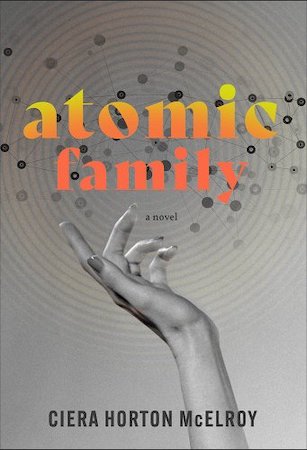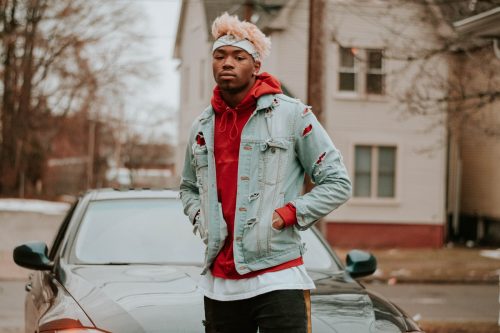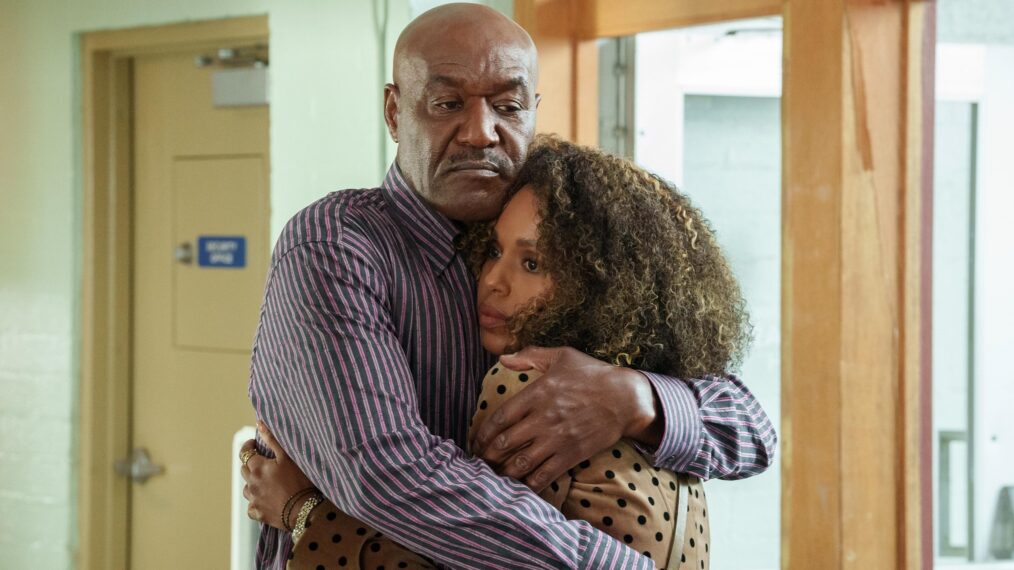In the Southern Gothic, the horror is often just out of sight, masquerading as normal. Commonplace. Safe. There is often tension between what you’ve been taught to believe and what you learn to be true. In a sense, deconstruction is at the heart of Southern Gothic.
Traditionally, this has been a male-dominated genre. The works from the Southern canon are grand sweeping odysseys about men’s failings and victories, which are often used as metaphors for the fraught and complicated region of the American South.
But things are shifting. New Southern Gothic novels being published in the 21st century (especially those by women) are less concerned with the region’s position, failings, or significance and more concerned with the intimate realities of ordinary people. The conflict is often internal. The ghosts are private. The secrets run deeper.
I can hardly imagine a more Southern Gothic setting than the defunct “bomb plant” hidden outside Aiken, South Carolina. It’s like the infamous Ferris wheel of Chernobyl: something so insidious and grotesque as a hydrogen bomb plant mere miles from a charming southern town.
In the first chapter of Atomic Family, one of the central characters recalls how she drove her husband, a scientist with top-secret government clearance, to the security checkpoint at the plant.
“She thought fleetingly—childishly—of trying to follow, pushing her car through the rail just to see what was there…The plant has always been more than a physical barrier. It is the fourth member of their family, a silent and dangerous presence. It is the horror that haunts the town.”
The books on this list deal openly with the macabre, and all feature Southern settings with various elements of decay or despair—but in a way that is distinctly contemporary and the voices are distinctly women’s.
Revival Season by Monica West
Miriam has a secret. She is the daughter of a renowned Baptist preacher and faith healer—and during this summer’s revival season, something has changed. Her father’s powers don’t seem to be working. Instead, Miriam begins to suspect that she might have the gift of healing…even though the church has always preached that such powers can never belong to a woman. This coming-of-age story set in a Black Christian community in the Bible belt is both tender and haunting, a unique portrait of religious confusion.
The Body in Question by Jill Ciment
She is Juror C-2. He is Juror F-17. Together, they are sequestered with the jury in a sleepy Florida EconoLodge, granted no contact with the outside world as they serve on a high-profile murder case. As the grisly details of the case emerge (a rich white teenager has been accused of murdering her baby brother), the two jurors begin a secret affair. But tensions rise during deliberations when these lovers learn that they’re on opposite sides of the case.
The Book of Essie by Meghan MacLean Weir
Essie is 17 years old and pregnant…and her family isn’t happy. They’re the stars of the hit reality TV show Six for Hicks, which features Essie’s father, Jethro Hicks, and his megachurch damnation-style preaching. Everyone is desperate to keep Essie’s news secret. Except for Essie. She needs the truth to get out, and to do so, she finds someone else who’s just as desperate as she is, Roarke Richards. They both have secrets they can’t bear to hide anymore—and in this timely and spine-tingling debut, some walls are about to come tumbling down.
Sharp Objects by Gillian Flynn
Camille Preaker does not want to go home. She has long been haunted by the death of her sister, Marian, and she was recently hospitalized for excessive self-harm, carving words into her skin. But her work as a reporter sends her back to Wind Gap, Missouri, where she must investigate a recent murder. What she doesn’t expect is how her hypochondriac mother, Adora, and eerily effervescent sister, Amma, might be involved in the grisly business.
Florida by Lauren Groff
It would be impossible to write about the new Southern Gothic without including Lauren Groff. Florida is a short story collection exploring the wild, almost mythic, landscape of Florida—a place too southern to be the “South” but too weird to be anything else. The collection introduces readers to a range of haunted characters, including an unnamed mother who appears repeatedly. She constantly wrestles with the confinement of her life. In the opening story “Ghosts and Empties,” she takes off on a walk in the Florida night to avoid a fight at home. What develops is a book of contemplation and poignancy, a collection that reads almost like memoir and almost like a novel.
Salvage the Bones by Jesmyn Ward
Esch and her brothers are storing away food, just in case the hurricane brewing on the Gulf really does hit Louisiana. Their mother is dead, and their father is absent, content to drink himself to oblivion. As Hurricane Katrina gets closer, Esch’s brothers are concerned mostly with their prized pitbull, China, who’s just given birth to a litter of pups. China is a vicious dogfighter and the main source of the family’s lean income. As the storm crashes on land, it destroys everything in its wake, leaving behind terror and confusion and a new life to build from the wreckage.
The Gods of Green County by Mary Elizabeth Pope
Coralee is seeking justice for the death of her brother, Buddy, who was killed at the hands of the local sheriff. It’s 1926 in rural Arkansas, and the Great Depression is right around the corner. Everything changes for Coralee when she starts to see her brother’s ghost around town. Is she crazy? Is she gifted with the sixth sense? One part murder mystery, one part gothic historical fiction, Gods of Green County explores the effect one person has on a community marked by poverty and drought, revealing the impact of having power…and not.




























































